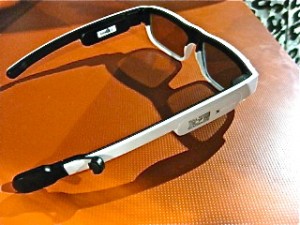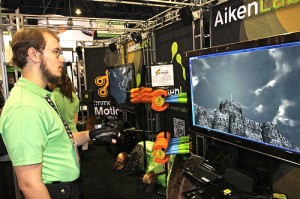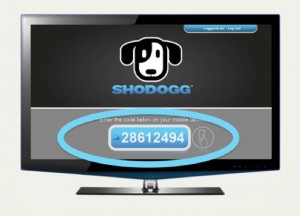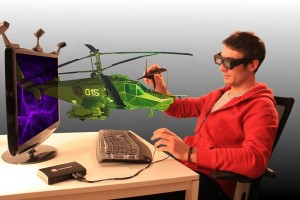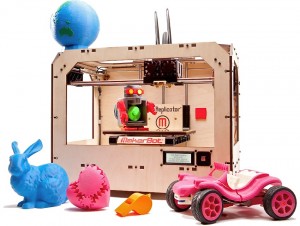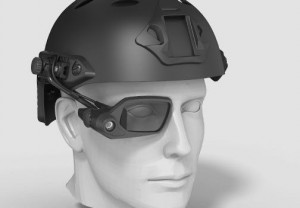Animatronics Patent: Disney Aims for Realism with Physical Face Cloning
By Philip Lelyveld
August 1, 2012
August 1, 2012
- Unofficial Disney news source StitchKingdom reports, “one of the pioneering technologies employed by The Walt Disney Company is being updated in a fascinating new way that will attempt to make audio animatronic figures rival the most advanced 3D, high definition screens.”
- The Physical Face Cloning patent application “seeks to improve upon the decades-old theme park experience by using some complicated algorithms to produce the most life-like audio animatronic figures to date,” suggests the post.
- Physical Face Cloning will be presented as a SIGGRAPH technical paper in August. According to the conference program, the technology is described as: “A complete process for designing, simulating, and fabricating synthetic skin for an animatronic character that mimics the face of a given subject and its expressions.”
- The process uses motion capture technology to digitize faces and create life-like synthetic skins from material such as silicone rubber. Directions for attaching the skin to a framework will enable manipulation of the figure to create realistic visuals.
- According to the patent abstract: “The method includes capturing a plurality of expressive poses from a human subject and generating a computational model based on one or more material parameters… The method further includes optimizing a shape geometry of the synthetic skin based on the computational model and the captured expressive poses. An optimization process is provided that varies the thickness of the synthetic skin based on a minimization of an elastic energy with respect to rest state positions of the synthetic skin.”


